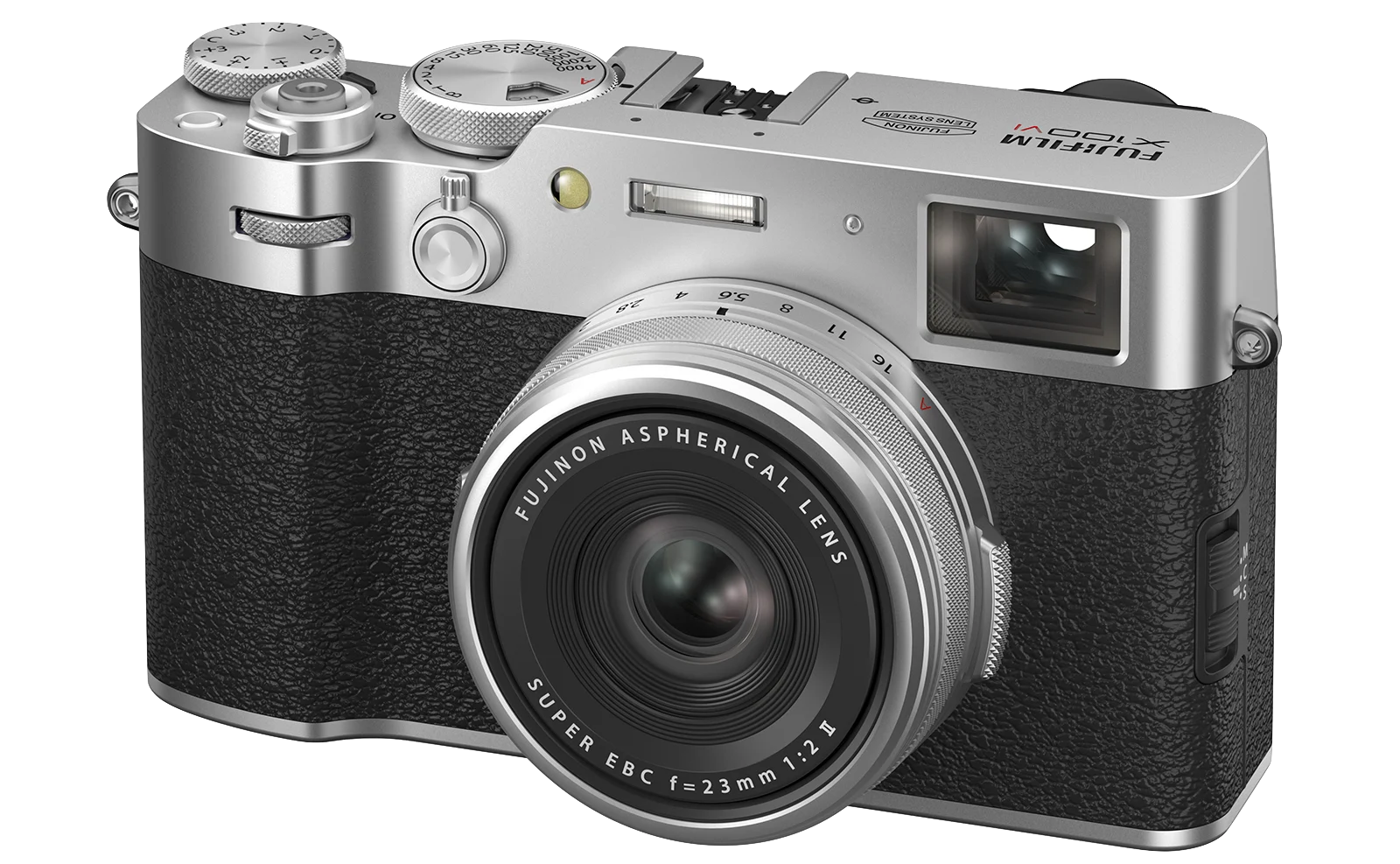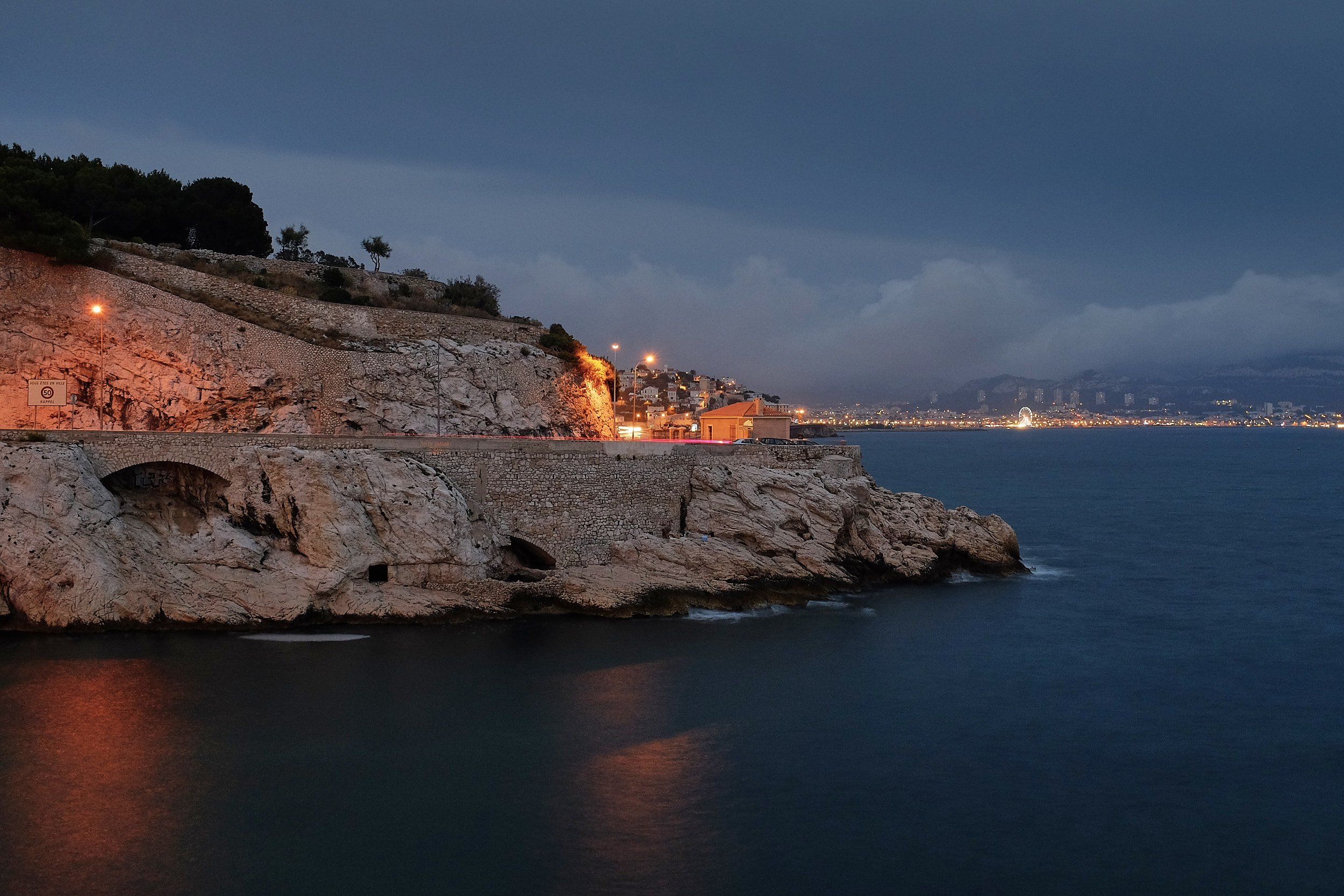Me and the Fuji X100, the budget Leica
The much anticipated “VI” (sixth) version of Fujifilm’s fabled X100 series camera launched today, after the V version was perpetually unobtanium in the last few years due to such high demand. The X100VI brings some meaningful upgrades like bigger 40MP sensor, new film simulations, better AF and video capabilities, and the big unexpected surprise: in-body stabilization. The stablization is good for 6 stops, giving you realistic chances of handholding up to a second-long exposure, without significantly increasing the pocketable size or weight. (The X100 series uses a leaf shutter, which is extremely quiet and smooth, so it’s great for longer exposures already.)
The second version of the camera, the X100S, was my gateway drug into the Fujifilm system. I’d been using Pentax DSLRs up to that point. I liked the size and handling of them, but was never super happy with the image quality, especially the colors.
In 2013 Leslie and I were going to be leaving on a driving/dining trip around the south of France, and then I was going to continue on to England to visit family. I decided to take a leap of faith and bought an X100S to use as my only camera for the trip.
It was a risk because it’s a fixed lens camera - I’d only have a 35mm semi-wide angle to work with for all the stuff we might encounter on the trip. It was also a style of camera I’d never used before: a rangefinder, where instead of looking through the lens like on an SLR, your view is offset through a window. However, the X100S had a rather good electronic viewfinder that you could activate instead of the optical viewfinder, which was like a mini rear screen.
Plus, it’s just usually not a good idea to take a camera on a trip until you’ve had some time to get used to it (I made that mistake on an earlier trip to London with my first Pentax DSLR, with disappointing results.)
Milau Viaduct
But I was incredibly happy with the X100S on the trip and didn’t miss hefting a larger camera and lenses. It was small and discrete and fast to use. I loved the mechanical dials. And the colors…wow. Color quality is something Fujifilm digital cameras have become known for, with in-camera simulations of their famous legacy films. The fixed wide angle lens forced me to move around environments more and be creative. But it was also capable of panoramas as above, and very close focusing (see cricket below), and did everything from people on the street to architecture to landscape. Quite versatile in reality.
Something I found with a fixed focal length camera is you quickly learn to see in that focal length - it’s like having an invisible frame in front of your face all the time. This means when you raise the camera to your eye, you already know exactly what the composition is going to be, so the actual taking of the shot is almost instantenous.
I ended up selling the X100S after about 7 years, but picked up its less expensive, and interchangeable lens cousin, an X-E3. I found that I was using the EVF of the X100S almost exlusively, and the camera was getting outmoded in a variety of ways (focusing speed, menu system, etc.).
But I’ll always have fond memories of using it on that wonderful trip, and continue to enjoy using Fuji cameras to this day.
Click to enlarge.























